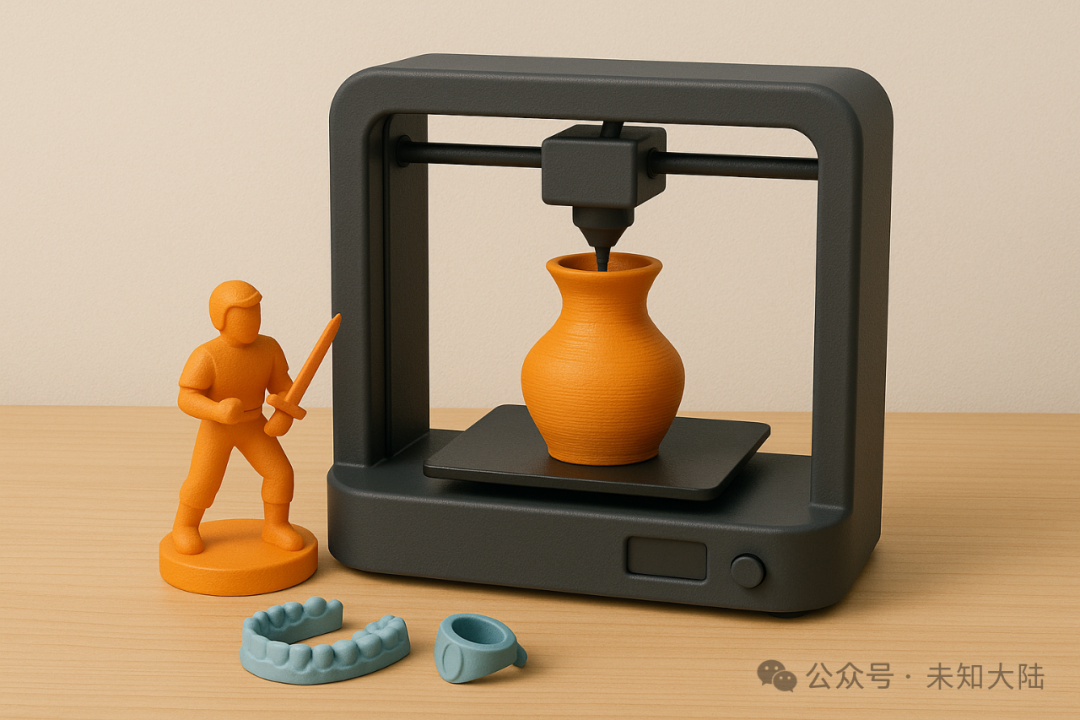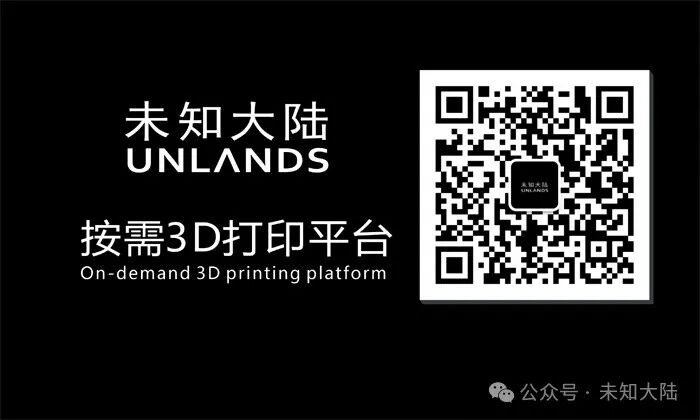What are the innovative and profitable 3D printing business models currently available? First, let’s filter out the following types of “pseudo-opportunities”:

❌ 1. Pseudo-Customization — Personalization ≠ Necessity
Customized keychains, model figurines, and pet statues may seem appealing, but in reality, they are low-frequency, emotion-driven, low-priced, and have poor repurchase rates, making them unworthy of heavy investment.
❌ 2. Assistive Business — Standing at the Bottom of the Food Chain
Providing prototyping, printing services, and modeling outsourcing may have low entry barriers, but you are always earning hard money for others, making it difficult to scale, with thin margins and no competitive moat.
❌ 3. Hobby Education — Excitement Does Not Equal Market
STEAM maker education, campus maker centers, and 3D printing training classes mostly rely on subsidies and relationships, with long B-end order cycles and increasingly lower entry barriers.
So what are the models that are “innovative and profitable”?
Let’s look at three directions that truly have “structural opportunities”, with solid logic, replicable models, and scalable potential:
✅ 1. “Internet Celebrity Factory”: A Manufacturing Hub for Hot Products
Essence: Transform 3D printing into a flexible manufacturing infrastructure, turning mass production into personalized hot products.
Method: Combine AI + 3D modeling to help designers, influencers, and brands quickly generate new products (jewelry, accessories, home items, phone cases, etc.) for small batch listings on e-commerce/live streaming.
Core Points:
Build a “hot product library” + “custom generation system”.
Modularize printing, painting, and packaging.
Profit Logic:
Earn “supply chain profits” (platform-level thinking).
It’s not about selling one figurine, but about 100 influencers launching new products every day.
✅ 2. “Medical Workshop”: High-Margin 3D Printing Clinics Across Hospitals
Essence: What is printed is not an item, but part of a treatment plan.
Method: Establish “3D Medical Assistance Centers” in cities above the third tier, providing solutions such as dentures, custom splints, surgical guides, and rehabilitation braces, in collaboration with multiple hospitals.
Core Points:
Capability to print + scan + design + connect with doctors.
Charges can be as high as 3000+ yuan per product.
Profit Logic:
High customer unit price + high margin + stable repurchase.
Policy support + hospitals cannot produce in-house.
✅ 3. “Super Black Market”: A Platform for Scarce and Discontinued Parts
Essence: Focus on scarce, high-margin, hard-to-find items.
Method: Specialize in discontinued/difficult-to-source parts (such as vintage car parts, mechanical components, craft parts, etc.), using scanning + reconstruction modeling + printing to create replacements, addressing high-value pain points.
Core Points:
Compile a list of products that have been out of supply for a long time (engine parts, door handles, old equipment drive shafts, etc.).
Create a closed loop of online ordering + rapid modeling + 3D manufacturing.
Profit Logic:
Profit margins of dozens of times per item.
Users have no choice and are willing to pay.
To truly make big money, you need to do what “others cannot achieve but customers are willing to pay for”.
Your goal is to provide “creative supply”, not just “fill service”.
